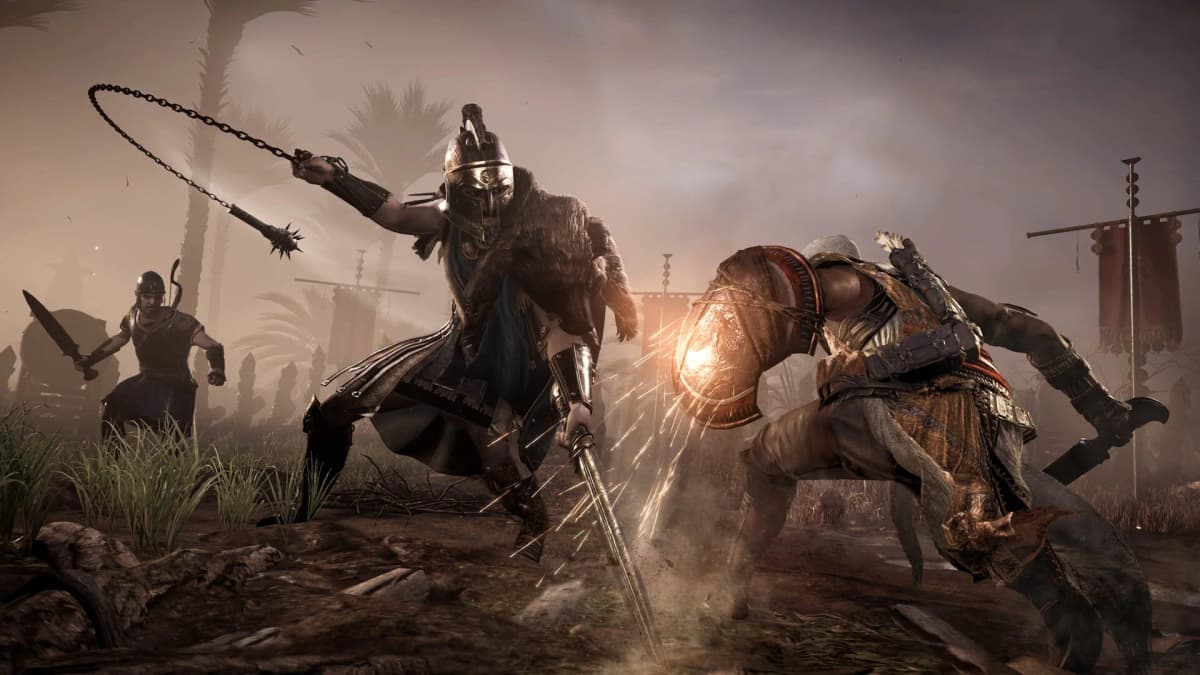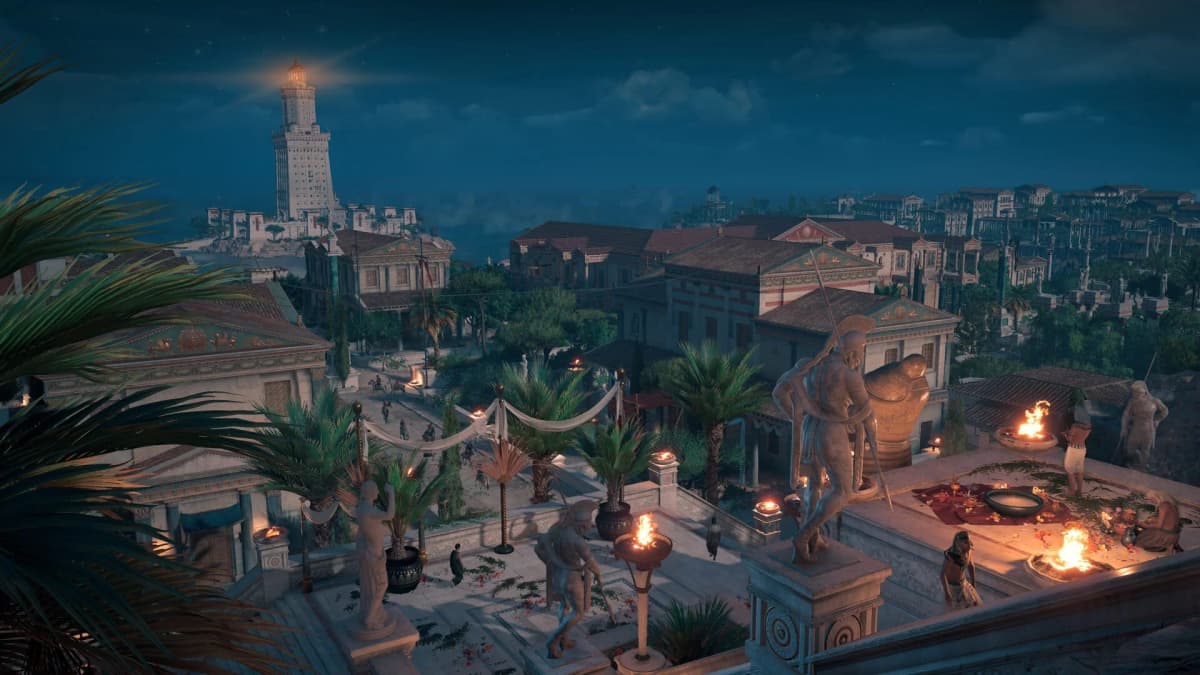When Assassin’s Creed Origins ‘Predicted’ the Great Pyramid Chamber
Every so often, a video game developer takes a creative leap so bold that it borders on clairvoyance. In 2017, Ubisoft released Assassin’s Creed Origins, an ambitious reimagining of Ancient Egypt that not only dazzled players with its panoramic deserts and bustling Nile cities, but also slipped a “secret” chamber into the Great Pyramid—drawing on contemporary archaeological debate. Fast-forward to recent scientific scans, and researchers have indeed uncovered previously unknown voids inside Khufu’s tomb, eerily mirroring Origins’ in-game discovery. Is this a lucky coincidence, or proof that games can be rigorous research platforms? Let’s unpack the story, the development process, and what it means for players and creators alike.
The Mystery of the Great Pyramid Chamber
The Great Pyramid of Giza has fascinated scholars and tourists for centuries. Long before 3D explorers could traverse its corridors in Assassin’s Creed Origins, Egyptologists posited that hidden chambers might exist beyond the known passages. Pioneering hypotheses by figures such as Jean-Pierre Houdin suggested complex voids within the structure. Ubisoft’s design team, hungry for authenticity, wove those theories into Origins’ map—inviting players to probe beyond the public routes and uncover a sealed room rarely discussed in mainstream media.
When satellite radar and muon tomography later revealed an unexpected void inside Khufu’s masterpiece, social media went wild: “They saw it coming!” read countless headlines. Yet the truth is more nuanced. The game didn’t predict the future; it followed the intellectual undercurrents of its time, translating speculative scholarship into interactive environments. Origins simply trusted that its players would appreciate a meticulously researched “Easter egg”—even if the wider public wasn’t ready for the real-world echo.
Ubisoft’s Research-Driven Development Strategy
Assassin’s Creed Origins marked a turning point in how AAA studios approach historical authenticity. Past entries often leaned on broad-stroke worldbuilding, sprinkling recognizable landmarks into loose narratives. With Origins, Ubisoft assembled a team of historians, archaeologists, and sinologists to vet every pharaonic temple, merchant outpost, and desert caravan. Meeting rooms overflowed with academic papers, architectural blueprints, and 3D scans of real artifacts.

This devotion to detail brought both challenges and opportunities. Designing a playable Great Pyramid required balancing factual layouts against fun gameplay loops—corridors needed to feel plausible yet allow secrets to surface. The development leads decided that if there was even a credible academic paper hinting at hidden spaces, Origins would include them. That bet on speculative research turned one of the game’s most memorable sequences into an accidental headline generator years later.
When Fiction and Reality Converge
What happened in 2017 and again when the new scans dropped is an exercise in synchronicity. Players who braved Origins’ steep climb through limestone blocks discovered sinuous tunnels leading to a vaulted crypt—complete with hieroglyphic carvings and ceremonial artifacts. When scientific teams confirmed a real void, the descriptions matched Origins’ layout closely enough to fuel online conspiracies. “Did Ubisoft hire actual pharaohs?” joked one tweet.
In reality, the overlap underscores how games and academia can influence each other. Scholars saw renewed public interest in their work; Ubisoft gained a PR win. Both sides benefited from wider discussion of Egyptian heritage, radiation-based scanning techniques, and the ethics of exploring ancient tombs. It’s a reminder that high-budget entertainment can shine a spotlight on niche research topics, elevating them into mainstream conversation.

Players’ Takeaway: More Than Just Easter Eggs
For gamers, the Pyramid chamber anecdote is more than trivia to drop at a party. It highlights the value of curiosity-driven design. In Origins, every seemingly random wall painting or cracked relief was a potential breadcrumb—rewarding players who paused to read, explore, and theorize. That sense of intellectual discovery is rare in big-budget titles, where spectacle often trumps substance.
When you wander into Origins’ sand-swirled caverns, you’re not just chasing loot or chasing tail. You’re stepping into a living research sandbox, where your pokes and prods echo the real work of archaeologists. That shift—treating players as co-investigators rather than mere button-masher spectators—is one of the key reasons Origins still resonates years after launch.
Balancing Act: Rewards and Risks of Academic Integration
Of course, leaning on cutting-edge theory isn’t without pitfalls. Games that lean too hard on niche scholarship risk alienating players uninterested in footnotes. Shadow of the Tomb Raider, for instance, flirted with ancient superweapon lore so heavily that some fans felt lost in speculative technobabble. And when academic consensus shifts, a game’s “facts” can quickly become obsolete or debunked.

Ubisoft’s gamble in Origins paid off precisely because the hidden chamber served gameplay first, scholarship second. It was never a dry museum simulation—it remained an action-adventure, polished for excitement. The key takeaway for developers is to let research inform worldbuilding without letting it dominate pacing or fun. Strike that sweet spot, and you might just wind up echoing future discoveries.
Looking Ahead: The Future of Research-Based Game Design
The pyramid story is a testament to what happens when studios treat academic disciplines as collaborative partners. We’ve seen similar successes: Hellblade: Senua’s Sacrifice consulted neuroscientists on mental health, Ghost of Tsushima worked with Japanese historians on samurai culture, and even city-builders now tap environmental scientists for ecosystem modeling. Each project reminds us that learning and play can be intertwined without diluting either.
As technology evolves—think real-time photogrammetry, AI-driven reconstruction, virtual heritage tours—the line between game worlds and research platforms will blur further. Ubisoft’s Origins moment is a milestone on that journey. It shows that when you embrace uncertainty, trust expert partners, and design for curiosity, your player base might just share in a genuine act of discovery.
Game Details
- Publisher: Ubisoft
- Release Date: October 27, 2017
- Genre: Action RPG, Open World, Historical
- Platforms: PC, PlayStation 4, Xbox One (backward compatible on PS5 and Xbox Series X/S)